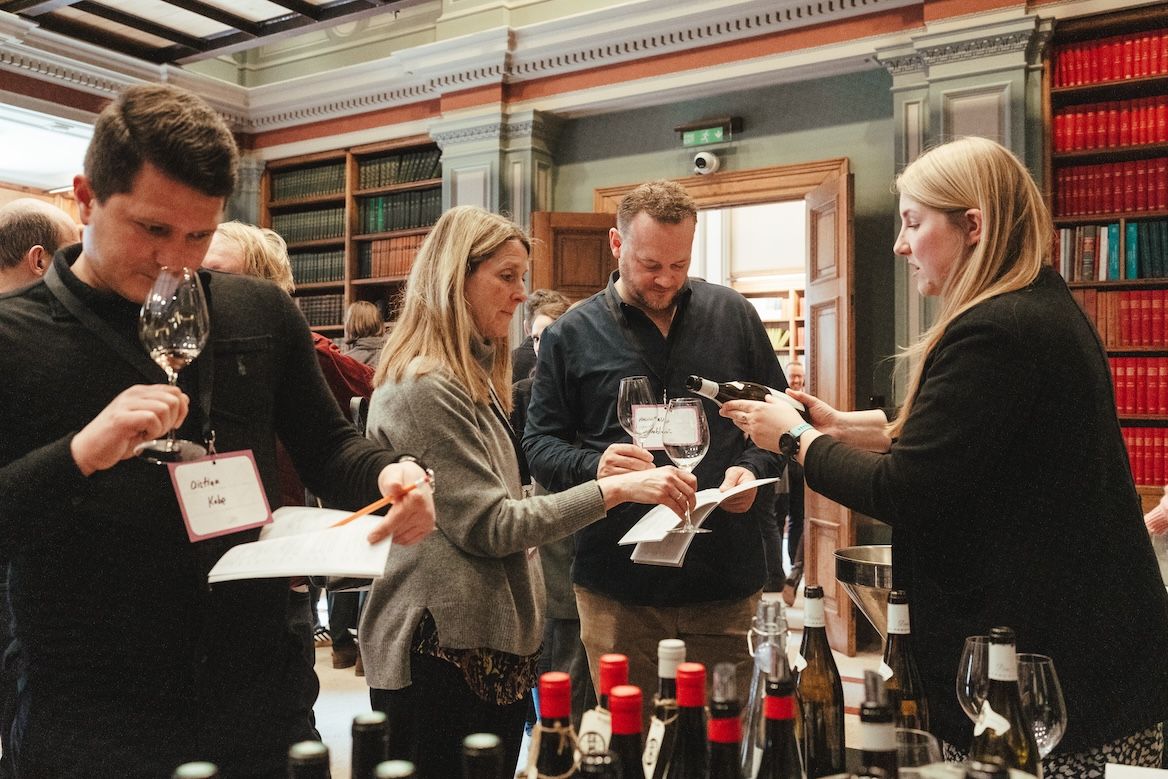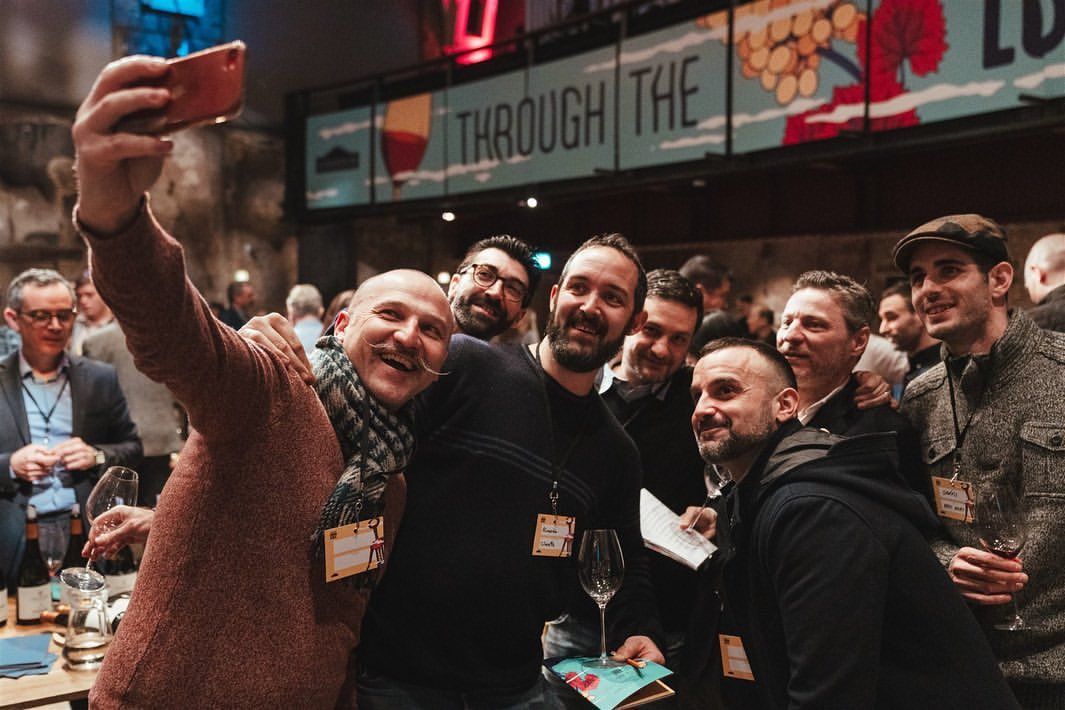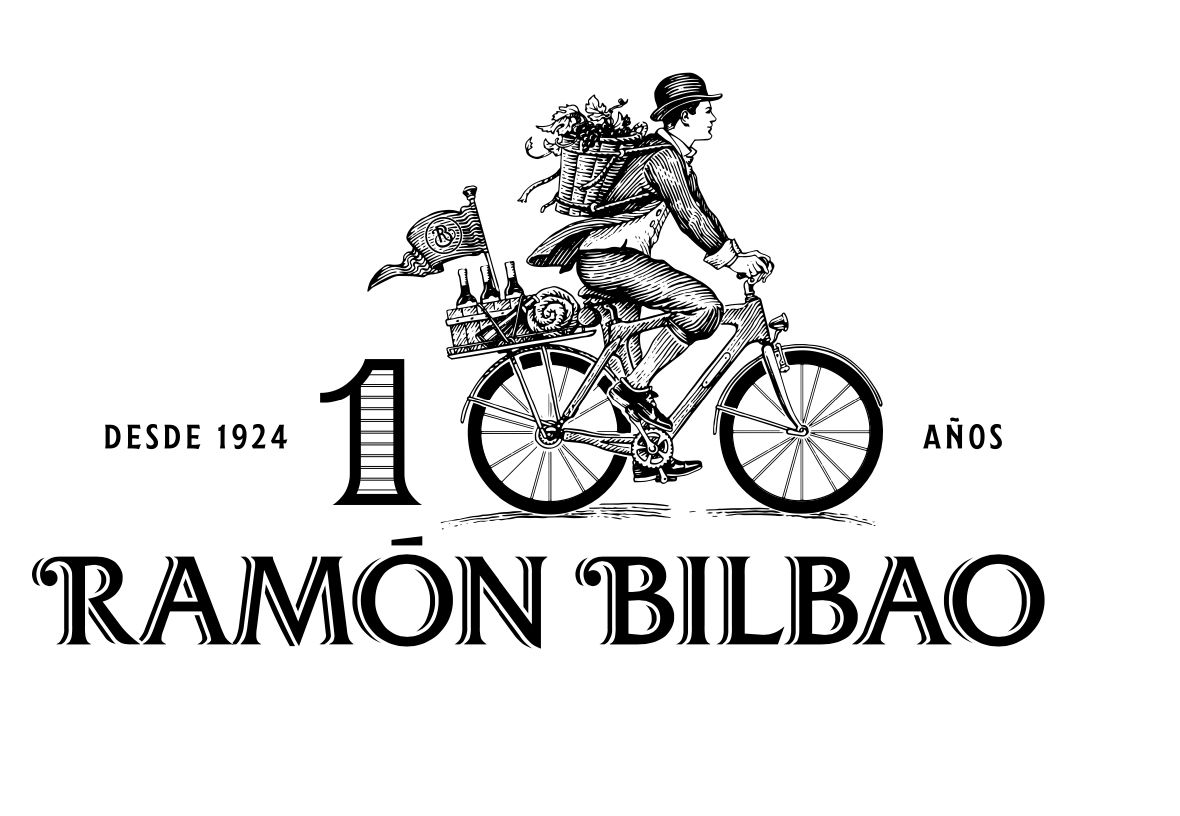Premium sherry is on the up, but it still needs the efforts of bars, bartenders, restaurants and their suppliers to hand sell it. Which is why Bibendum is working with its customers to look at different ways it can breathe new life into a category that is finding a whole new audience with trendsetting drinkers.
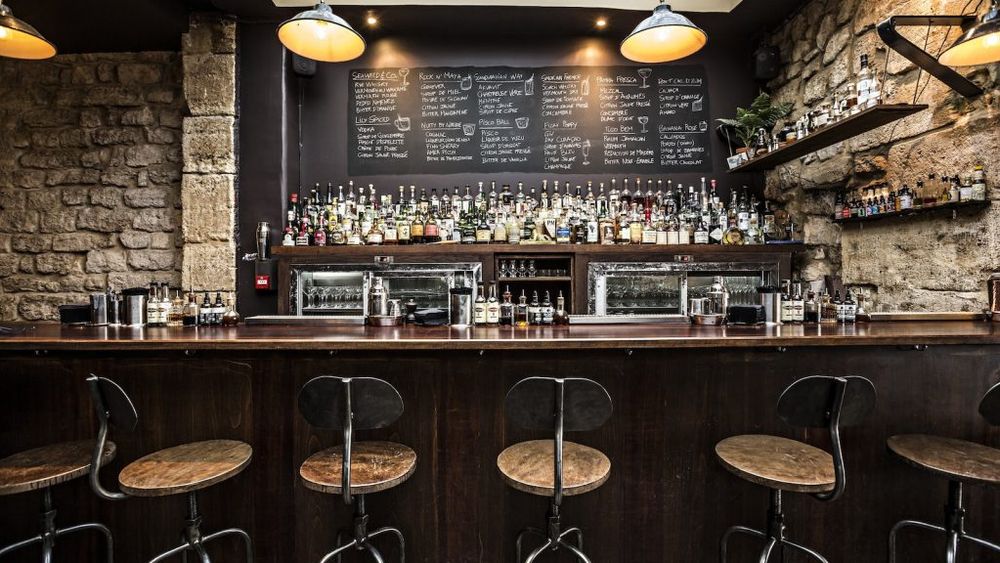
A mecca for sherry – the Sherry Butt bar in Paris
Whisper it gently but premium sherry has been enjoying something of a revival in the past year, with sales of dry sherry up a quarter, popularised by the increasing number of tapas restaurants and sherry bars across the major cities of the UK (Majestic Wine).
It’s certainly helping to bring a much needed boost to a category that has been haemorrhaging sales for years, thanks largely to the decline in popularity of cream and sweet sherries and your aged aunt’s favourite Harvey’s Bristol Cream and Croft Original.
By contrast all the action in the category is taking place at the much drier end of the scale amongst the finos and manzanillas that are quite rightly attracting new fans from across all age groups, but particularly younger, hipper souls who are attracted by what’s on offer in style bars and premium Spanish tapas restaurants.
But what really helps a new drinks trends take off is when bars, bartenders and restaurant staff can see and understand the potential in what they can offer. The fact that dry sherries are increasingly seen as an ideal base for growing number of cocktails, from the classic Rebujito, to modern concoctions involving straight tonic water to a touch of pardon peppers, has really helped take them to a new level of interest.
Recent sherry sales figures are startling. Two years ago overall sherry sales had plummeted to 10m bottles in the UK, less than half the 22m sold in 2005, according to the Wine and spirit Trade Association (WSTA). However, sales of premium sherry in the £5 to £10 price range were up by a staggering 71% in the 11 months to November 2017, and set to increase more than 18% in the coming years, according to the IWSR.
And while overall sherry sales are declining in the UK on-trade – down by nearly 10% in the year to September 2017, according to figures from CGA, Bibendum has seen a renewed interest in premium sherry and sherry cocktails, in line with national trends.
Spreading the word
So in an attempt to capitalise on the growing interest in sherry, stimulate further interest in the on-trade and get more mainstream customers – not just those bearded hipsters – interested, Bibendum recently held a series of sherry-focused master classes in three different London locations.
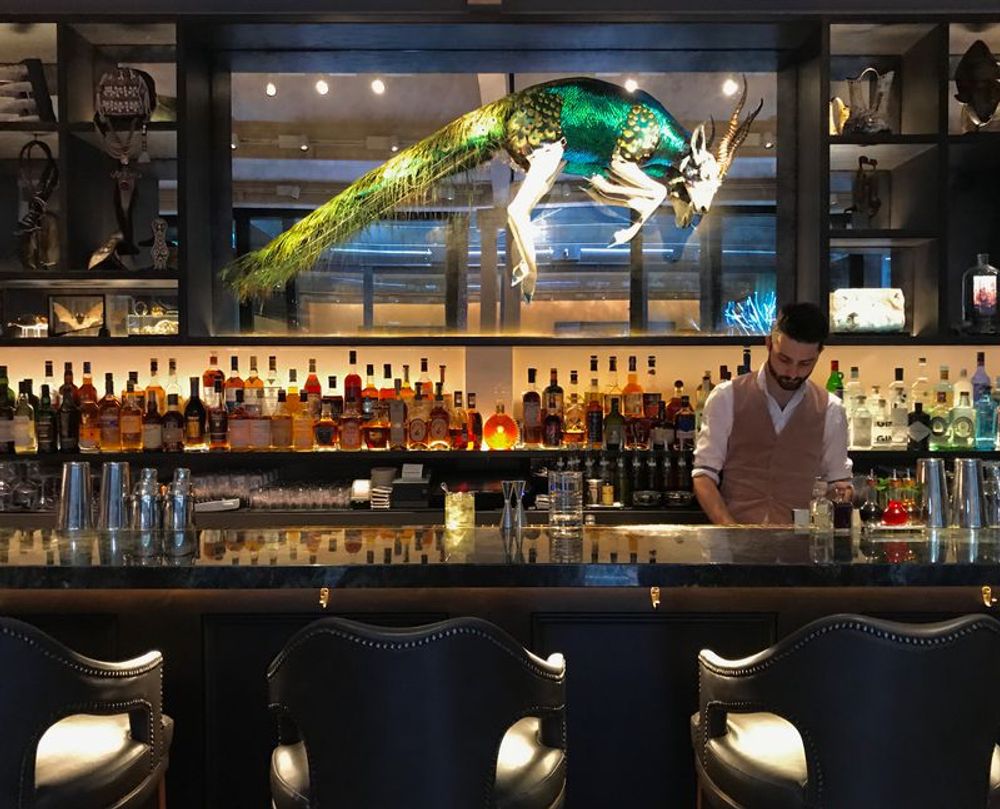
The bar at the Mandrake hotel is getting behind premium sherry
These were the five star Mandrake Hotel in Fitzrovia, the Michelin-starred gastro-pub Harwood Arms in Fulham and the trendy east-end cocktail bar, Satan’s Whiskers.
The masterclasses were run by Ignacio Lopez de Carrizosa, Bibendum’s brand ambassador for one of its newest producer, La Guita, and Christina Schneider, now part of Bibendum’s on-trade team, and ideally placed to know what is happening in the bar scene as she is a former bartender at the speakeasy cocktail bar, Happiness Forgets in achingly hip Hoxton.
To showcase sherry’s diversity, Schneider demonstrated how easy it is to incorporate sherry in a variety of cocktails and drinks. For example, at the masterclass at the Harwood Arms, which has no bar as such, she put together a simple sherry-based Martini, while at the Mandrake she rustled up a classic Bloody Mary using clarified tomato juice and vodka, with sherry as a key ingredient. She also showed how sherry can be turned into a refreshing long drink by mixing with tonic water.
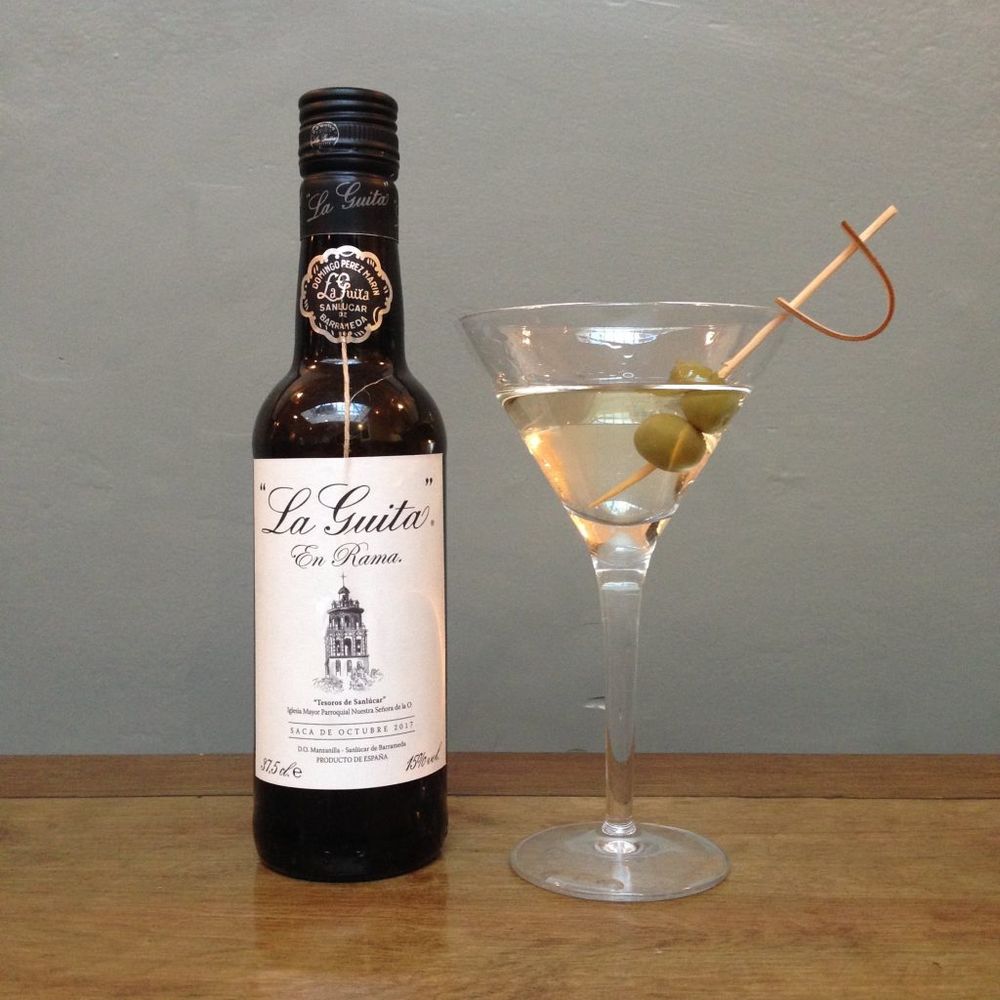
Sherry…martini-style
Image problem
Schneider says she believes sherry sales in the UK are hamstrung by long held pre-conceptions about the drink, with consumers dismissing it as stuffy, old fashioned and cloyingly sweet. With a long-standing sherry-drinking culture, the UK is very different from the rest of Europe in this respect.
“Sherry has an image problem in the UK,” she confirms. “It is much easier if you go to a culture such as France or Germany, where it is something new. Here in the UK, sherry still has a reputation of something old school and something very sweet, so it is more challenging.”
Schneider thinks that one of the best ways of re-introducing wary British consumers to sherry is via cocktails. “Amongst the more open minded hipster community, sherry is an easier sell, but for consumers who come with the old perceptions, cocktails are the way to go,” she says.
Cocktails themselves have changed beyond recognition in recent years, she says, and are a long way from the former sugar-laden confections of a generation ago. “Fifteen years ago people were still drinking Sex on the Beach and Pina Coladas, but the resurgence in old school drinking in the past few years has seen cocktails becoming increasingly sophisticated, with more care taken in the provenance and the quality of the ingredients, she says.
“The revival of craft cocktail such as martinis, and the old pre-prohibition drinks like an Old Fashioned will help sherry,” she says. “You could put anything in a Pina Colada, but the quality of ingredients in an Old Fashioned are much more important.”
Spanish connection
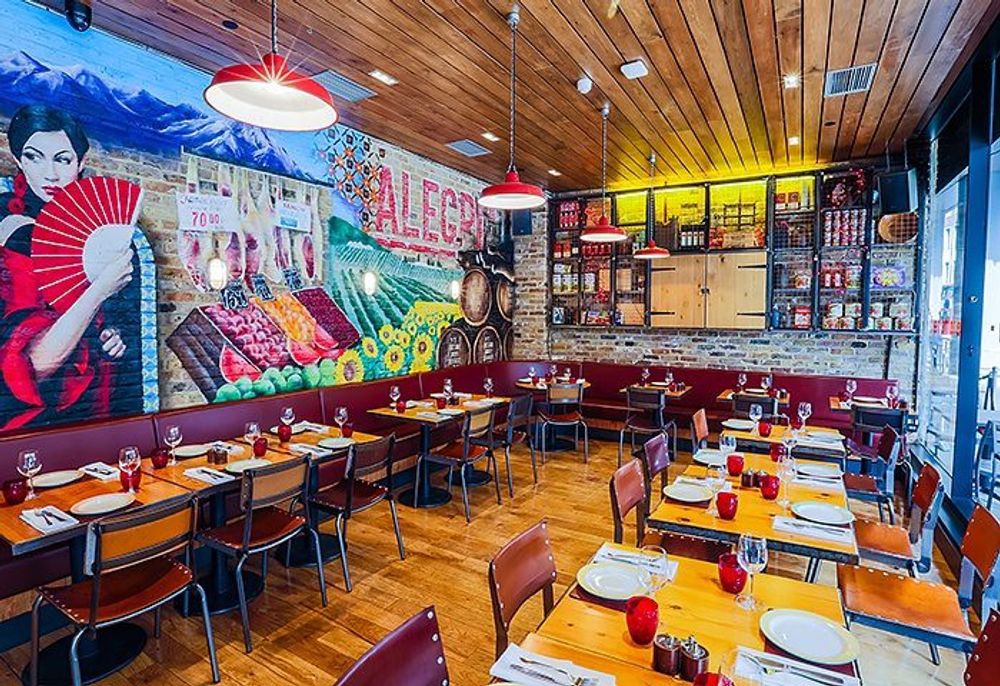
Relaxed Spanish restaurants like Camino have helped sherry sales
Sherry has also undoubtedly been helped by the rapid rise in Spanish restaurants, and in particular cool tapas bars which have helped lead the trend for sharing food and relaxed dining. It has also been given a boost by the hand selling opportunities in the increased number of independent specialist stores, though overall volumes still remain low
In Paris, for example, Schneider says that sherry is a popular drink, but has to compete with other fortified wines which play a big part in French drinking culture. Sherry drinking in Germany, however, is less popular, particularly as the country is traditionally a big beer-drinking nation.
“The sherry cocktail movement really started – and is still up and running – in the US, where consumption is huge,” says Carrizosa. “Some 10 years ago the trendiest bartenders took on sherry as the main and most fashionable ingredient of their creations and this became so notable that the Consejo Regulador of sherry decided to run a sherry cocktail competition. This is now one of the top and most reputed cocktail contests in America.”
Schneider says with so many bartenders looking at the US for future trends it has really helped give them the confidence to get quality sherries back on the map. “The UK has caught up so quickly,” she adds.
Shim-my
Bibendum believes there is also an opportunity for sherry to play a definite role in the trend towards “shim” drinks – lower alcohol cocktails using the likes of sherry, vermouth, sake and port to replace hard spirits such as vodka and gin.
Sherry has much more versatility to appeal to a wide audience, claims Schneider. “I think it’s appealing to anyone,” she says. “Sherry gives you a serious drink without a serious hangover.”
Winning over the doubters
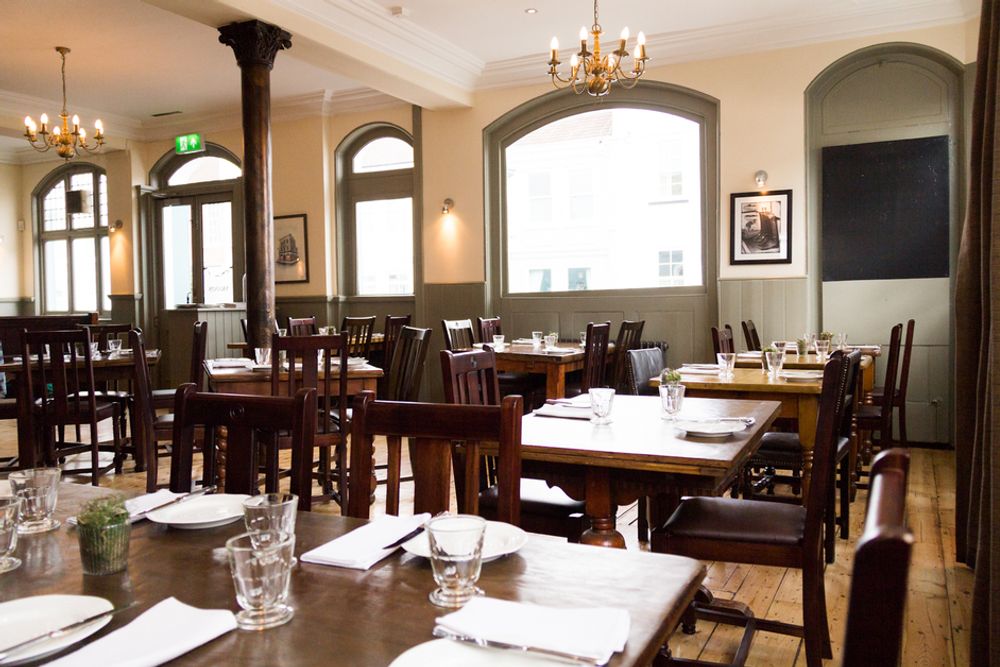
Sherry is also making a come back in more traditional pubs like the Harwood Arms
So how can bartenders boost sherry sales and persuade customers to ditch their outmoded pre-conceptions? Schneider says it totally depends on the venue. If there is a cocktail menu, she advises adding a sherry-based cocktail, perhaps using sherry instead of a harder spirit such as gin or vodka.
She also recommends having a weekly recommendation, and promoting it as the sherry of the week, or even the cocktail of the week.
But matching the fortified wine with food is where sherry really comes into its own. “There’s a great opportunity to offer sherry with food,” says Schneider. ”If you are talking fino or manzanilla, then, for example, anything saline such as oysters, Japanese food such as sushi or sashimi all go really well.”
Meanwhile, oxidated sherries such as amontillado and oloroso, she says, make a great pairing with red meat, and duck.
Great value for money
Sherry, she adds, also offers great value for money. “You can’t leave the price point out of the equation,” she says. “At below £10 a bottle, that is unmatched you can’t get anything for that. It represents a really good value drink.”
The challenge for a distributor, even the size of Bibendum, is to get a chance to sell the right kind of sherry to the right outlet. Schneider says that all too often, bars source their sherry from the same supplier as their spirits, and the range is often somewhat often limited.
“Bartenders tend to know a bit about the production basis of sherry, but often they haven’t tasted a lot of different types, and tend not to go to tastings,” she says. “You can go through 10 years working with sherry and only tasting one variety, the brand you have always worked with.”
“People were really surprised at the quality of the sherries,” says Schneider, about the recent masterclasses that Bibendum held.
She admits that sherry is “still a small category” for Bibendum, but is committed to spreading the word and holding more of these kind of events to tell the story to more bars and bartenders.
“I think the future is looking bright. There’s a lot of excitement surrounding the sherry sector, and indications are that the interest can only go up,” she stresses.
ENDS.

